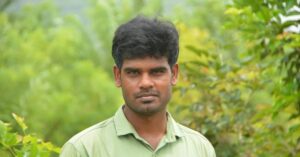How to Grow a Forest Using The Miyawaki Method In Minimal Space
Invented by and named after Japanese botanist Akira Miyawaki, the ‘Miyawaki Method’ is a unique technique to grow forests. Under the approach, dozens of native species are planted in the

Invented by and named after Japanese botanist Akira Miyawaki, the ‘Miyawaki Method’ is a unique technique to grow forests.
Under the approach, dozens of native species are planted in the same area, close to each other, which ensures that the plants receive sunlight only from the top, and grow upwards than sideways.
It requires very little space (a minimum of 20 square feet), plants grow ten times faster, and the forest becomes maintenance-free in three years!
The Better India spoke to Shubhendu Sharma, the founder of Afforestt and an expert in the Miyawaki forestation method, to understand the steps.
Here’s a 6-step process that you can follow to grow a forest in your backyard
Step 1: Identify Native Species
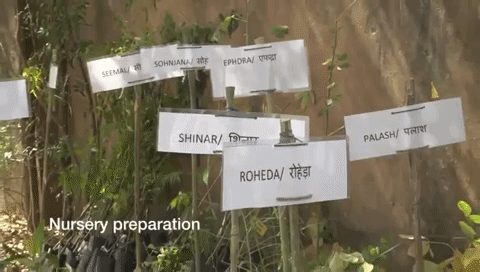
Make a list of all native species in your area. Go to your nearest nursery and buy the native saplings with an ideal height between 60-80 centimetres.
Step 2: Division

For a multi-layered process, choose different species of plants like shrub layer (6 feet), sub-tree layer (6-12 feet), tree layer (20-40 feet) and canopy layer (above 40 feet). Do not place the same species next to each other.
Step 3: Prepare the Soil
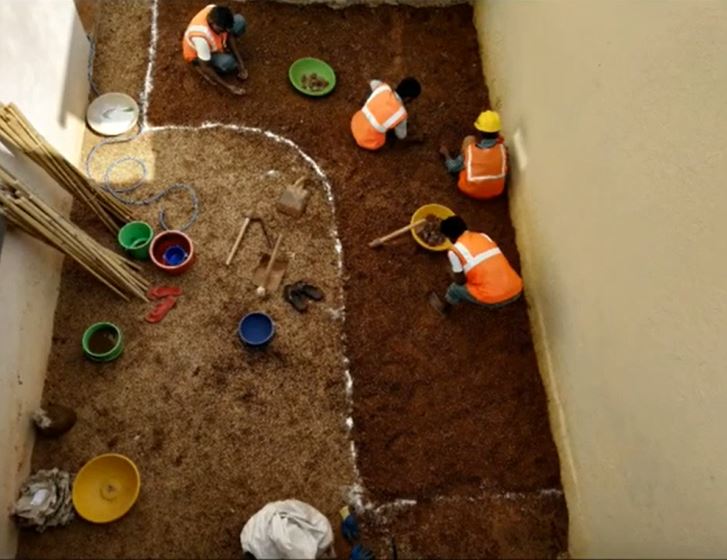
Ensure smooth and quick perforation of water to the roots by using biomass that is both spongy and dry like rice or wheat husk or groundnut shells.
Add some water and moisture retainer, like cocopeat or sugarcane bagasse.
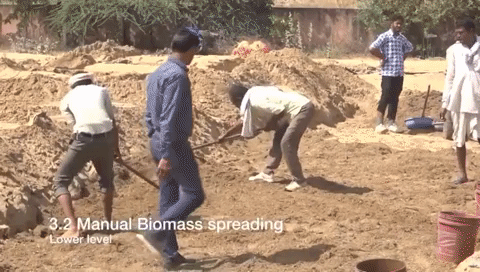
Mulch the soil with organic and bio-degradable ingredients, like agro-waste. This step protects the soil and prevents sunlight from directly hitting the plants.
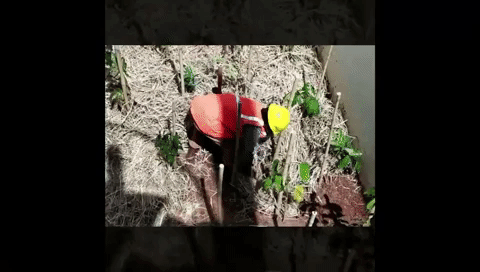
Finally, add organic fertilisers like manure or vermicompost. Include some beneficial microbes for nutrition and to keep the pesticides at bay.
Step 4: Plant
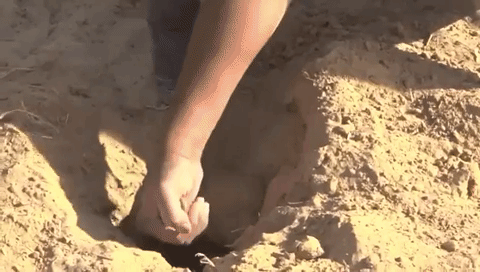
Dig a one-metre-deep pit and plant 3-5 native saplings per square metre. Maintain a distance of 60 centimetres between the saplings and level the soil around the stem of the plant.
Step 5: Insert Sticks

To ensure that plants do not bend in the initial period, insert support sticks inside the soil.
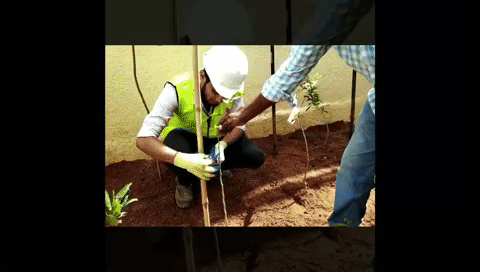
Tie the plants to the sticks with jute strings.
Step 6: Monitor
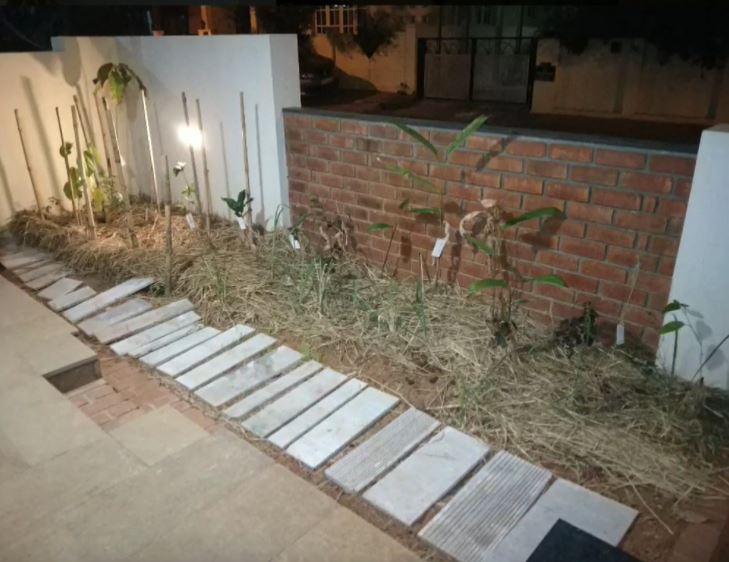
Water the forest once a day and keep the forest free from weeds for the first two years. Check the forest once or twice in a month for changes or improvements.
For best results, do not prune or cut any trees.
I have seen dense forests growing even on the most barren patches. In today’s times when deforestation is rampant, the Miyawaki method could help in reversing the situation.”
GIF courtesy: Afforestt
Share this “how-to” with your friends & family
This story made me
- 97
- 121
- 89
- 167
Tell Us More
We bring stories straight from the heart of India, to inspire millions and create a wave of impact. Our positive movement is growing bigger everyday, and we would love for you to join it.
Please contribute whatever you can, every little penny helps our team in bringing you more stories that support dreams and spread hope.







